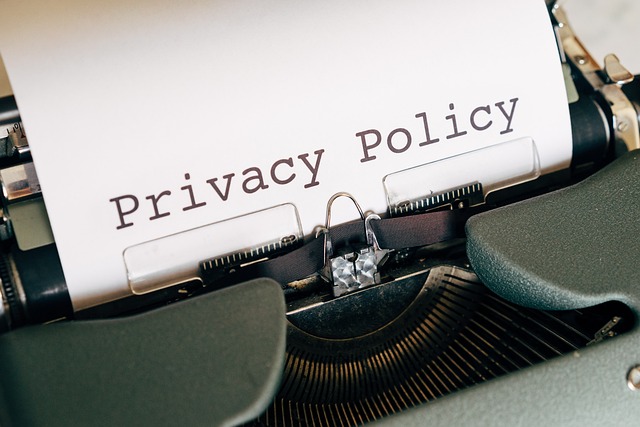
“Safeguarding Your Location Data: Key Strategies for Protection”
Safeguarding Your Location Data: Key Strategies for Protection
In an increasingly interconnected world, our location data has become one of the most valuable assets. Every time you check-in at a café, use navigation apps, or even browse online, you are generating location data that’s collected and used by various services. While these conveniences enhance our daily lives, they also expose us to privacy risks and data breaches. Understanding the significance of location data protection is essential in safeguarding your personal information.
Understanding the Importance of Location Data Protection
Location data reveals more than just where you are; it can unveil your habits, favorite spots, and even your routine. When this information falls into the wrong hands, it can lead to identity theft, stalking, and even physical harm. Protecting this data is not just about privacy; it’s about ensuring your safety in the digital world.
Key Strategies for Location Data Protection
1. Review Privacy Settings
Start by examining the privacy settings of the apps and services you use. Many mobile applications track your location, often with permissions you didn’t mean to grant. Go into your settings and limit location access to only those apps that truly need it. For example, a navigation app requires access to your location, but a flashlight app certainly does not.
2. Use Virtual Private Networks (VPNs)
VPNs help mask your IP address, making it harder for websites and applications to track your location data. They are especially useful when you’re using public Wi-Fi, as they encrypt your data and add an extra layer of security while browsing.
3. Turn Off Location Services When Not in Use
While convenience is key with location-based services, it’s important to turn off location tracking when you’re not using the apps. This simple step can greatly reduce the amount of data that is being collected without your knowledge.
4. Be Wary of Sharing Your Location Online
Social media platforms often encourage users to check-in or share their location. While it may be tempting to showcase your travels or dining experiences, oversharing can expose you to various risks. Consider withholding your location until after you’ve left the area to minimize potential dangers.
5. Educate Yourself About Data Policies
If you want to enjoy the benefits of modern technology without compromising your safety, it’s vital to understand the data policies of the platforms you use. Take the time to read up on how your data is collected, used, and stored. This knowledge empowers you to make informed decisions about which services to use and how to use them safely.
6. Regularly Update Your Software
Keeping your devices and applications up to date is crucial for location data protection. Software updates often include security patches that close vulnerabilities and protect you from potential threats. Make it a habit to check for updates regularly.
Final Thoughts on Protecting Your Location Data
Embracing technology doesn’t mean sacrificing your privacy. With increased awareness of the risks associated with location data and proactive measures to protect it, you can navigate the digital landscape with confidence. Ultimately, the best shield against data threats is your vigilance and commitment to prioritizing your location data protection.



